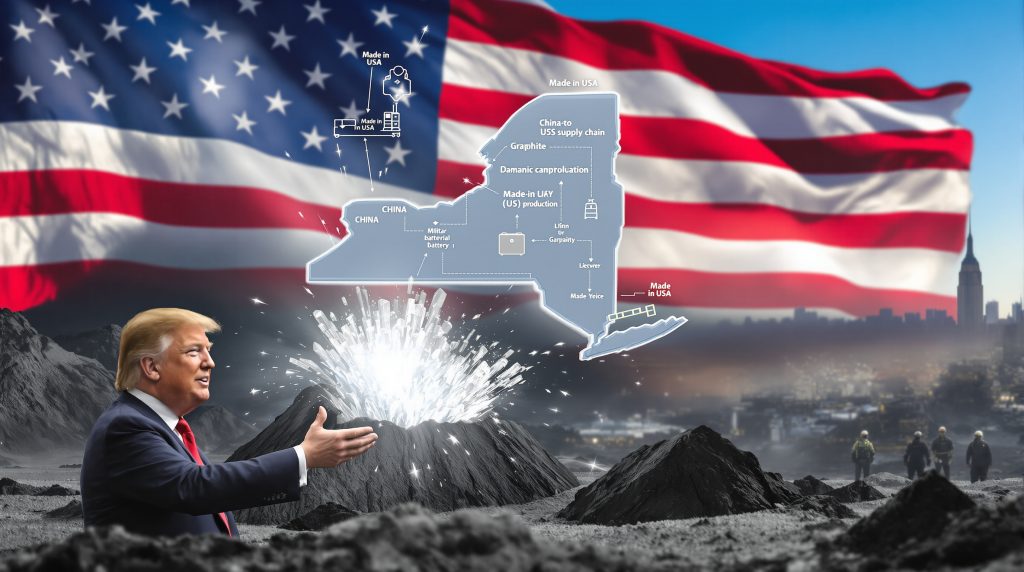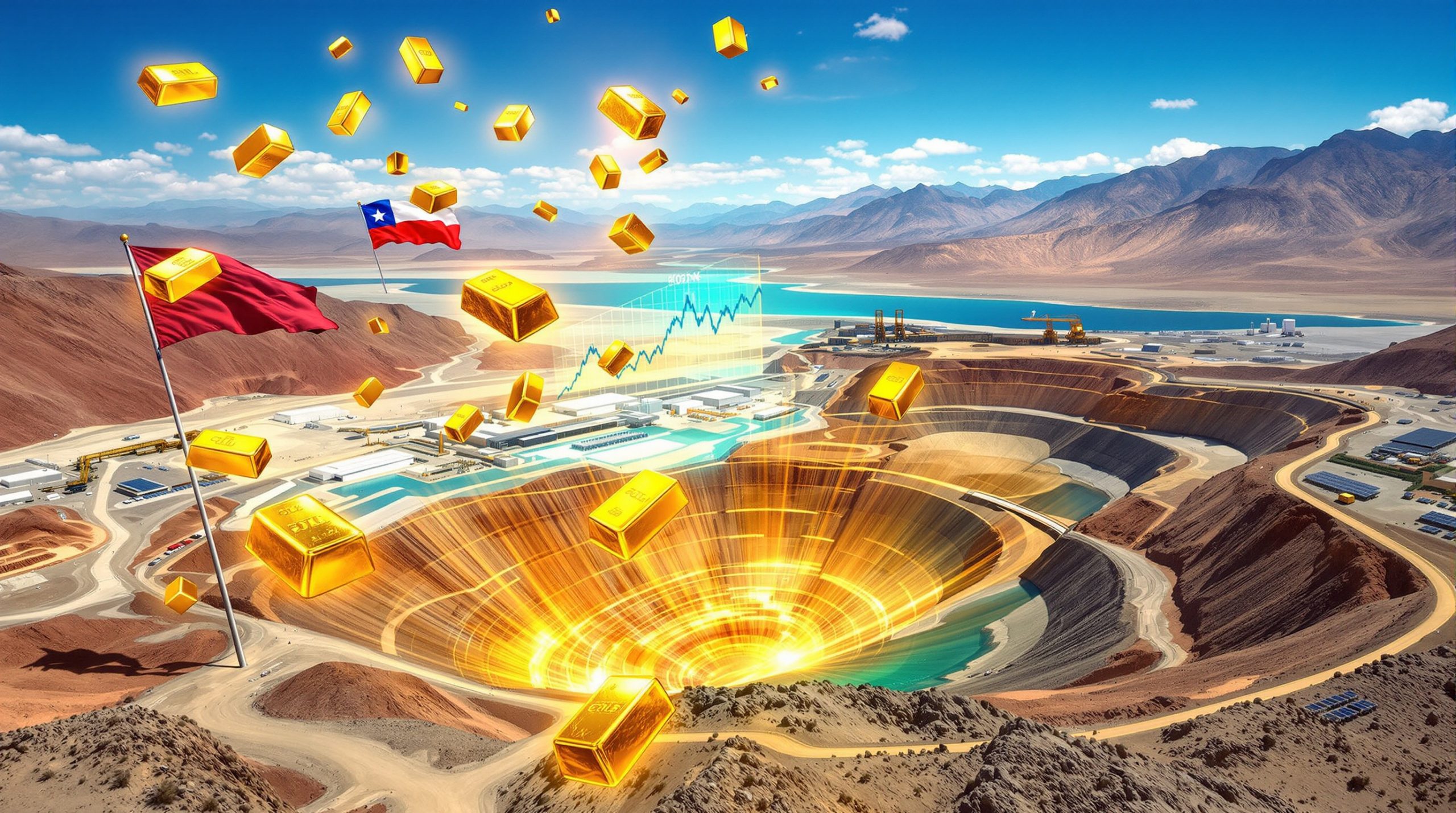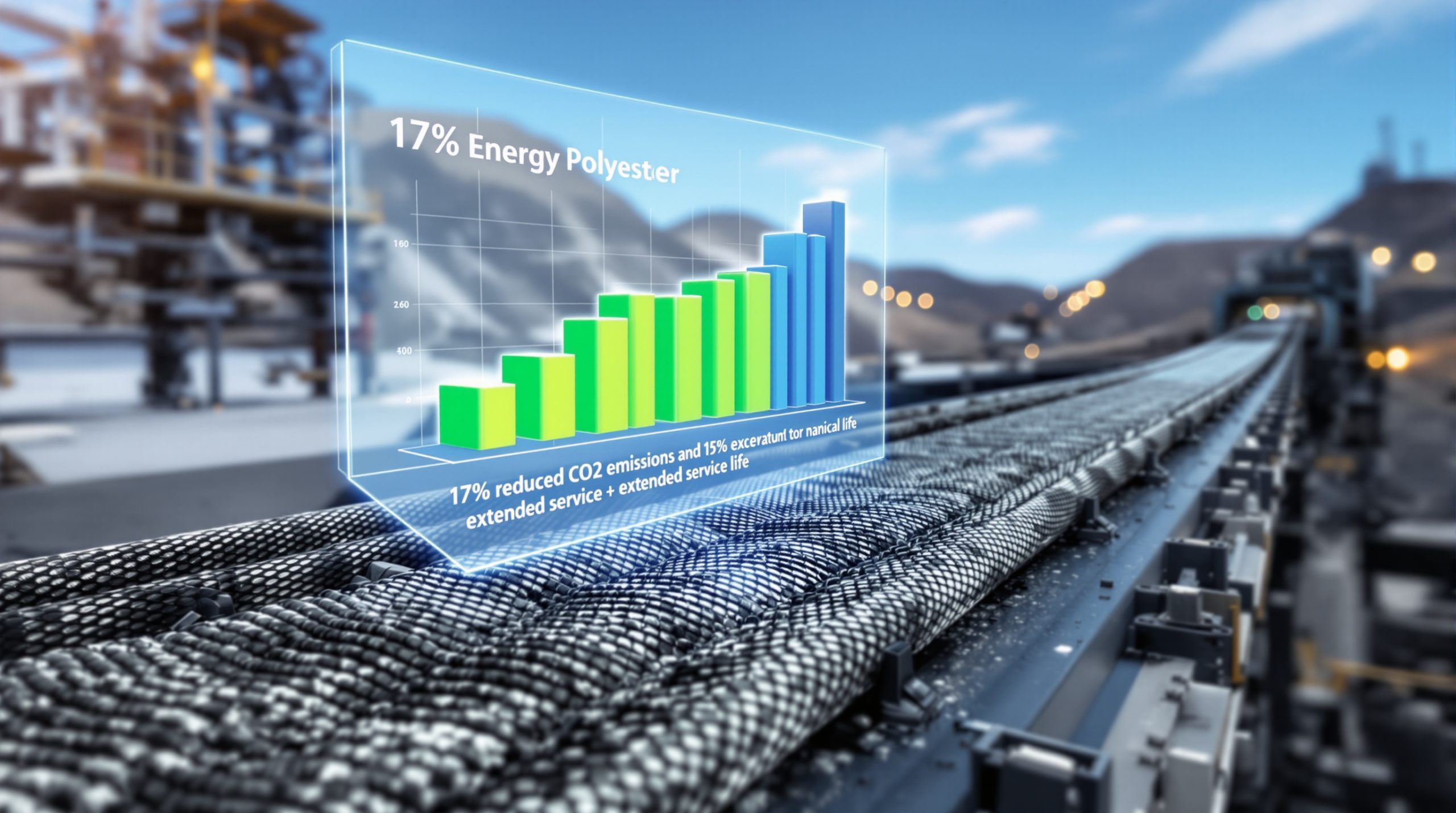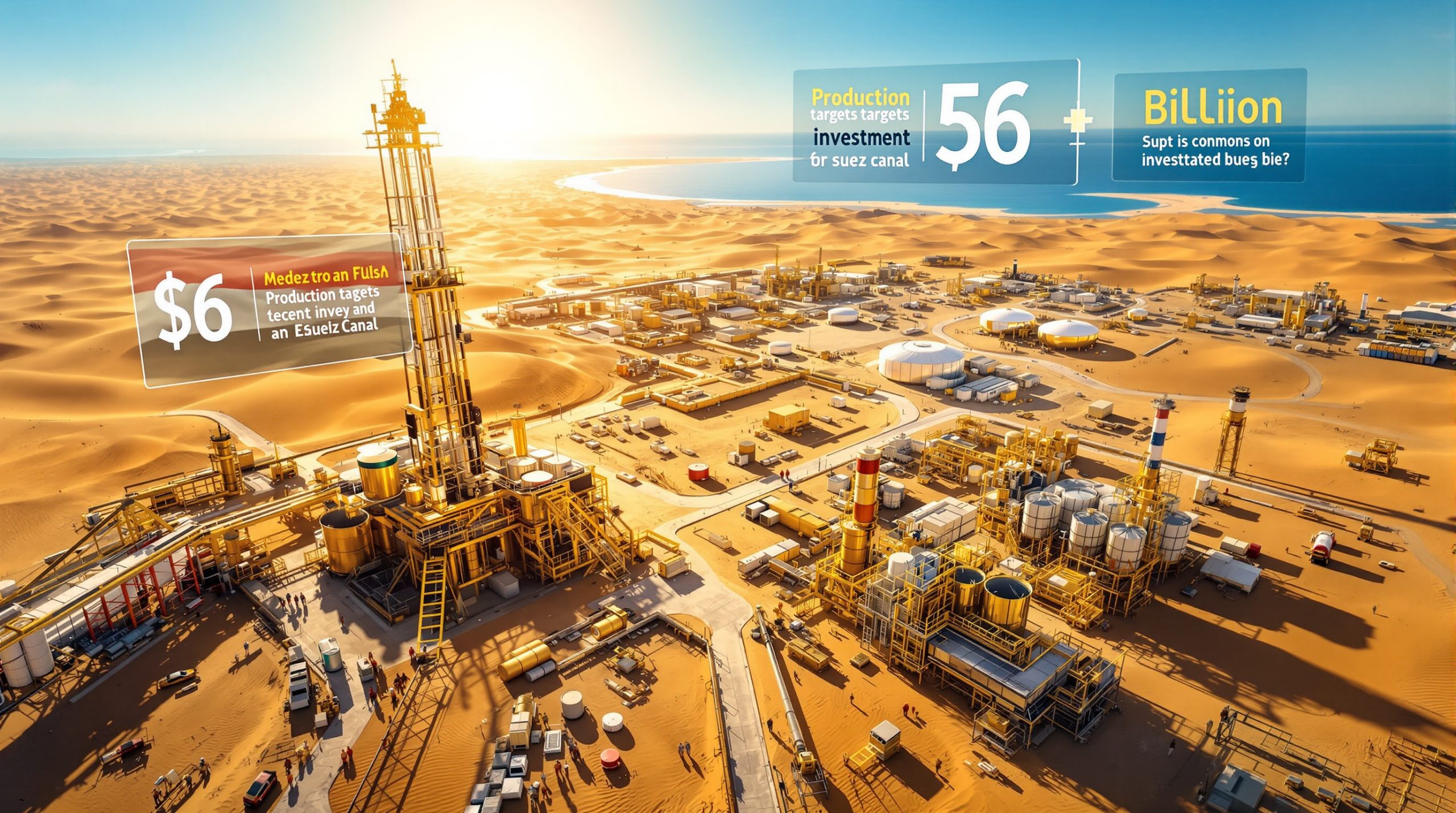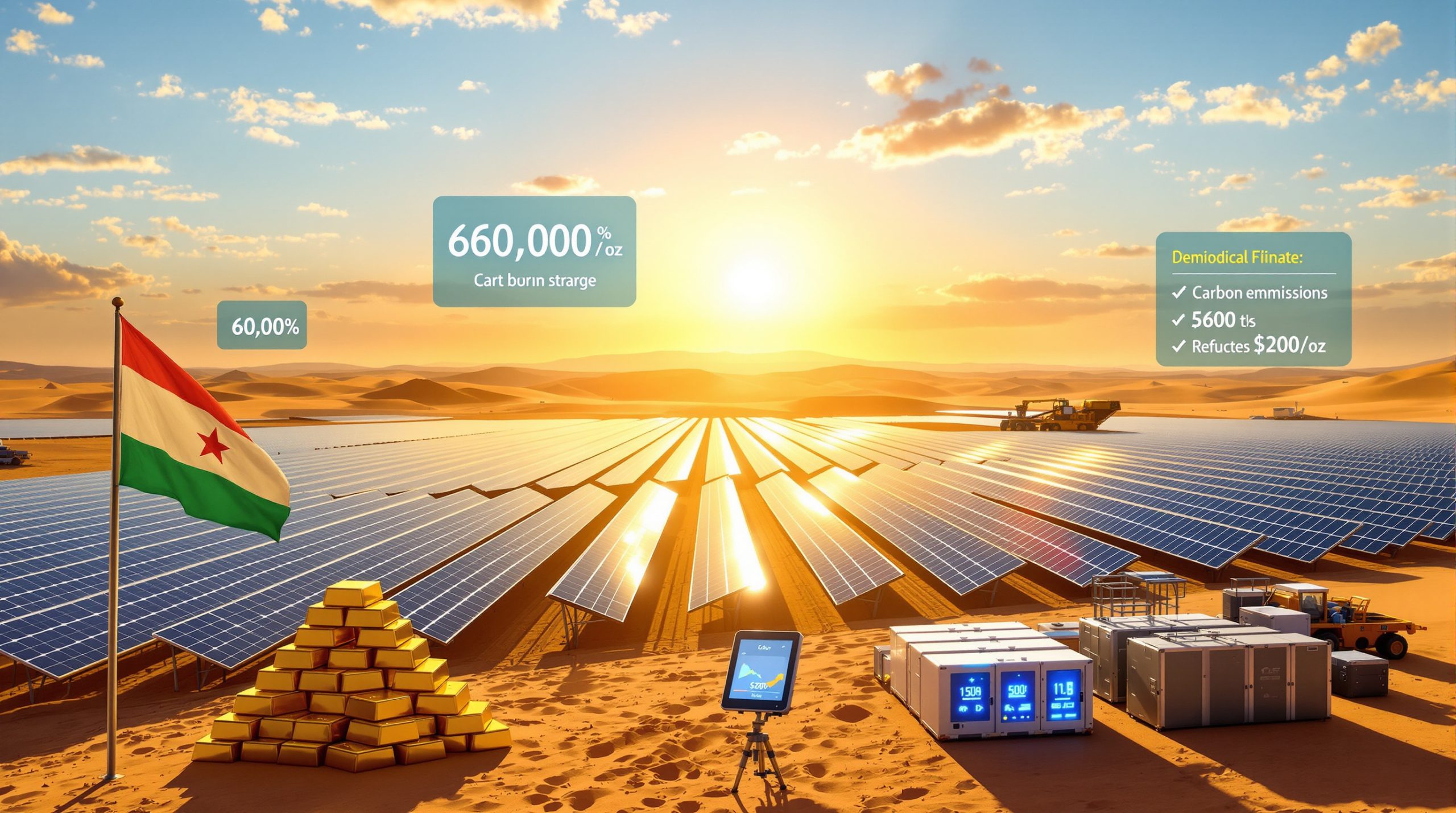The Graphite Game-Changer: Titan Mining's New York Facility Set to Revolutionize US Supply Chain
In a strategic move poised to reshape America's critical minerals landscape, Titan Mining Corporation is establishing a groundbreaking graphite production facility at its Empire State Mines in New York. This initiative represents a crucial step toward reducing U.S. dependence on foreign graphite sources and strengthening domestic supply chains in a market increasingly defined by geopolitical tensions and resource nationalism.
A Bold Vision for Domestic Production
The new facility will focus on producing natural flake graphite in both micronized and high-purity forms, sourced from the company's Kilbourne deposit. With initial demonstration capacity of 1,000-1,200 tonnes annually and ambitious plans to scale to 40,000 tonnes per year in commercial production, Titan Mining is positioning itself to supply approximately half of current U.S. graphite demand.
"China's decision to tighten graphite exports underscores the importance of having a secure domestic supply of natural graphite," noted Titan Mining's CEO Rita Adiani, highlighting the strategic timing of the project.
The Kilbourne deposit itself represents a substantial resource, with technical assessments indicating approximately 22 million short tons of material at 2.91% graphitic carbon, containing an estimated 653,000 tons of graphite. This significant resource base provides the foundation for long-term production stability.
With target production commencement set for Q4 2025, the project is advancing rapidly through development stages, leveraging existing infrastructure to accelerate timeline to market.
China's Graphite Grip and American Vulnerability
China's recent expansion of export restrictions on critical minerals, including graphite, has sent shockwaves through global supply chains and heightened awareness of America's mineral dependencies. In October 2025, China broadened its control measures, adding five new elements to bring the total of restricted minerals to twelve, while simultaneously limiting exports of equipment used in mining and refining these materials.
The timing couldn't be more critical. The United States currently imports 100% of its natural graphite, with China controlling approximately 65% of global production and processing roughly 90% of the world's natural graphite supply. This dependence creates a strategic vulnerability that extends far beyond economic concerns, particularly as US‑China trade tensions continue to escalate.
Strategic Applications Driving National Security Concerns
Graphite's applications span critical sectors including:
- Defense technologies and military systems
- Energy storage infrastructure and grid stability
- Electric vehicle batteries (which require 10-15 times more graphite than lithium by weight)
- Nuclear reactor components (graphite moderators)
- Aerospace and advanced manufacturing
The U.S. Department of Defense has identified graphite as among the minerals with "extreme" supply risk due to complete import dependence and concentration of supply in potentially adversarial nations.
Presidential Action Underscores Urgency
Recognizing these vulnerabilities, in March 2025, President Donald Trump invoked emergency powers under the Defense Production Act to accelerate domestic production of critical minerals including aluminum, cobalt, lithium, graphite, neodymium, and dysprosium. Trump's critical minerals order created a favorable policy environment for projects like Titan Mining's graphite facility, providing regulatory support and potential financial incentives.
Transforming America's Graphite Supply Chain
If successful, Titan Mining's facility would become the first fully integrated U.S. producer of domestically sourced and processed natural graphite in over seven decades. The impact on domestic supply chain security would be substantial, with far-reaching implications for industrial policy and strategic independence.
Market Impact Assessment
| Impact Area | Current State | Post-Titan Production |
|---|---|---|
| US Domestic Supply | 0% | Up to 50% |
| Supply Chain Security | High vulnerability | Moderate resilience |
| Price Stability | Highly volatile | Potentially more stable |
| Processing Capability | Virtually nonexistent | Significantly enhanced |
| Strategic Independence | Critically low | Moderately improved |
According to Benchmark Mineral Intelligence's 2024 pricing data, natural flake graphite prices have shown volatility of ±30% over the past three years, driven largely by Chinese export policy changes and global supply chain disruptions. Domestic production could help stabilize pricing and reduce exposure to international market fluctuations.
Economic Benefits Beyond Security
Beyond strengthening national security, the project promises significant economic advantages:
- Job creation in mining, processing, and supporting industries
- Development of technical expertise in critical mineral processing
- Reduced trade deficit in strategic materials (currently 100% imported)
- Catalyst for downstream manufacturing growth in batteries and electronics
- Regional economic development in New York State
Technical Feasibility: Leveraging Existing Assets
One of Titan Mining's competitive advantages lies in its ability to integrate graphite production with existing operations at the Empire State Mines. This approach offers several benefits that enhance project feasibility:
- Significantly reduced capital expenditure requirements
- Accelerated timeline to production compared to greenfield developments
- Access to existing skilled workforce and operational expertise
- Established environmental management systems and permitting framework
- Existing infrastructure for power, water, and transportation
Resource Quality and Processing Considerations
The Kilbourne deposit offers favorable characteristics for commercial graphite production, including high carbon content (2.91% graphitic carbon) and substantial total resource size. Processing natural flake graphite typically involves several stages:
- Crushing and grinding to liberate graphite flakes
- Flotation to concentrate graphite
- Multiple cleaning stages to achieve target purity
- Sizing and classification for market specifications
While specific details of Titan's processing flowsheet remain proprietary, the company is expected to employ modern beneficiation techniques to maximize recovery and product quality.
Positioning Within Global Graphite Markets
Titan Mining's entry into graphite production comes at a pivotal moment in global markets. According to industry analysts, global natural graphite demand is projected to grow at 7-9% annually through 2030, driven primarily by electric vehicle battery requirements. This growth reflects broader trends in mining industry evolution toward supporting clean energy technologies.
Surging Demand from Battery Sector
Electric vehicle batteries require approximately 50-100 kg of graphite per vehicle, making graphite the largest battery material by weight. The International Energy Agency projects that EV sales will continue their rapid growth trajectory, with the U.S. market expected to reach 30-40% of new vehicle sales by 2030, up from approximately 9% in 2024.
This explosive growth creates substantial demand for battery-grade graphite, with global requirements for batteries alone projected to increase from approximately 500,000 tonnes in 2023 to over 2 million tonnes by 2030—a 300% increase.
Western Supply Chain Development
Titan's production will serve critical roles in emerging Western supply chains:
- Providing feedstock for battery anode material production
- Supporting domestic manufacturing of graphite-based components
- Establishing precedent for vertically integrated mineral processing
- Creating resilience against future supply disruptions
The project also aligns with broader trends toward "friend-shoring" critical materials and building secure supply networks among allied nations, which is a key element of the U.S. critical minerals strategy.
Financial Backing and Investment Structure
The strategic importance of domestic graphite production has attracted substantial government interest and support. According to recent reports, the Export-Import Bank of the United States (EXIM) is considering $120 million in funding for the project—an unusual but telling expansion of its traditional mandate, typically focused on supporting American exports rather than domestic production.
Government Support Frameworks
Several federal programs could potentially provide additional backing:
- Department of Energy Loan Programs Office (approximately $400 billion in lending authority)
- Defense Production Act Title III funding
- Critical minerals grants under the Bipartisan Infrastructure Law
- State of New York economic development incentives
This multi-layered support structure reflects the project's alignment with both economic and national security priorities established under multiple administrations.
Private Investment Interest
The project has also garnered attention from private investors seeking exposure to critical minerals. Factors driving investor interest include:
- Recognition of first-mover advantage in domestic graphite production
- Growing premium for non-Chinese graphite sources
- Potential for long-term supply contracts with battery manufacturers
- Strategic positioning within emerging North American battery supply chain
Environmental and Sustainability Considerations
Modern mining projects face rigorous environmental standards, and graphite production is no exception. Mining operations in New York State must comply with comprehensive regulatory frameworks including New York State Department of Environmental Conservation permitting, Clean Water Act requirements, and state-level environmental regulations.
Carbon Footprint Advantages
Domestic graphite production offers several environmental benefits compared to importing from overseas:
- Reduced transportation emissions (transportation typically accounts for 15-25% of graphite's carbon footprint)
- Operation under stricter U.S. environmental regulations
- Potential for renewable energy integration in processing
- Modern efficiency technologies to minimize resource consumption
Responsible Production Framework
While specific details of Titan Mining's environmental approach are still emerging, industry best practices suggest several focus areas:
- Water management and recycling systems
- Energy efficiency measures in processing
- Comprehensive mine reclamation planning
- Waste minimization and material recovery strategies
- Community engagement and transparency
Challenges on the Horizon
Despite the project's promising outlook, Titan Mining faces several significant challenges in establishing viable domestic graphite production.
Technical Production Hurdles
Achieving consistent, high-quality graphite production requires overcoming several technical challenges:
- Optimizing recovery rates while maintaining product specifications
- Scaling from demonstration to commercial production volumes
- Meeting stringent purity requirements for high-tech applications
- Building specialized expertise in graphite beneficiation
- Developing proprietary processing techniques to enhance competitiveness
Market Development Requirements
Building a customer base represents another critical challenge. Battery manufacturers typically require 1-2 years of product qualification before approving a new graphite supplier, including consistent product specifications across multiple batches, long-term performance testing, and supply security validation.
The company will need to navigate these qualification processes while simultaneously establishing itself as a reliable supplier in competition with well-established international producers.
Comparison to Other U.S. Critical Mineral Initiatives
Titan's graphite project stands out among U.S. critical mineral initiatives for several reasons:
- Among the most advanced graphite projects in North America
- Faster path to production than most greenfield developments
- Integration with existing mining operations reducing capital requirements
- Clear pathway to commercial scale with defined resource base
The Broader Critical Minerals Landscape
The project aligns with broader U.S. efforts to secure various critical minerals energy transition technologies require, including:
- Lithium production expansion in Nevada and North Carolina
- Rare earth processing facilities in Texas and California
- Cobalt recovery projects in Idaho and Missouri
- Nickel and copper developments in Minnesota and Michigan
According to the U.S. Geological Survey's 2022 list of critical minerals, 50 commodities are designated as critical to U.S. economic and national security, with graphite consistently ranked among the highest priority materials due to its importance in energy transition technologies and defense applications.
The Long-Term Significance of Domestic Graphite Production
The initial 40,000-tonne capacity represents just the beginning of potential domestic graphite development, with possibilities for:
- Capacity expansion based on market demand and resource confirmation
- Development of additional graphite deposits across North America
- Vertical integration into value-added products like battery anode materials
- Creation of a broader graphite processing ecosystem in the United States
Catalyzing Industrial Growth
Establishing domestic graphite production creates cascading benefits throughout industrial supply chains:
- Enabling growth of downstream manufacturing in batteries and electronics
- Reducing vulnerability to international supply disruptions
- Creating competitive advantages for U.S. manufacturers
- Supporting broader industrial policy objectives for critical minerals
Over $100 billion in battery manufacturing capacity has been announced for North America through 2030, creating substantial demand for domestically sourced graphite and other battery materials. Titan Mining's facility could play a pivotal role in supplying this growing manufacturing base.
Key Questions About Titan Mining's Graphite Production
What types of graphite will Titan Mining produce?
Titan will produce natural flake graphite in both micronized and high-purity forms, suitable for various industrial, energy, and defense applications.
How does graphite production align with Titan's existing operations?
The graphite production facility leverages established Empire State Mines infrastructure, creating operational synergies and cost efficiencies.
What percentage of US graphite demand could Titan's facility supply?
At full commercial capacity of 40,000 tonnes per year, the facility could supply approximately 50% of current US natural graphite demand.
How does this development respond to China's export restrictions?
Titan's facility directly addresses supply chain vulnerabilities created by China's tightened export controls on graphite and other critical minerals.
What timeline is expected for commercial production?
Initial production is targeted for Q4 2025, with a phased ramp-up to full commercial capacity following successful demonstration operations.
How is the US government supporting this type of critical mineral development?
The project aligns with federal initiatives to secure domestic critical mineral supply chains, with potential support from the Export-Import Bank and other agencies.
The Path Forward
As Titan Mining advances its groundbreaking graphite project, the implications extend far beyond a single mining operation. This initiative represents a crucial test case for America's ability to rebuild domestic supply chains for critical minerals and reduce dangerous dependencies on potentially unreliable foreign sources.
With China continuing to tighten its grip on global mineral markets and geopolitical tensions creating new supply chain vulnerabilities, the success or failure of projects like Titan's graphite facility will shape America's industrial and national security landscape for decades to come.
Disclaimer: This article contains forward-looking statements regarding production timelines, capacity targets, and market impacts. Actual outcomes may differ materially from projections. Readers should conduct their own due diligence before making investment decisions related to companies mentioned.
Ready to Catch the Next Major Mineral Discovery?
Discovery Alert's proprietary Discovery IQ model instantly alerts investors to significant ASX mineral discoveries, turning complex mineral data into actionable insights. Understand why historic discoveries can generate substantial returns by visiting Discovery Alert's dedicated discoveries page and begin your 30-day free trial today to position yourself ahead of the market.
